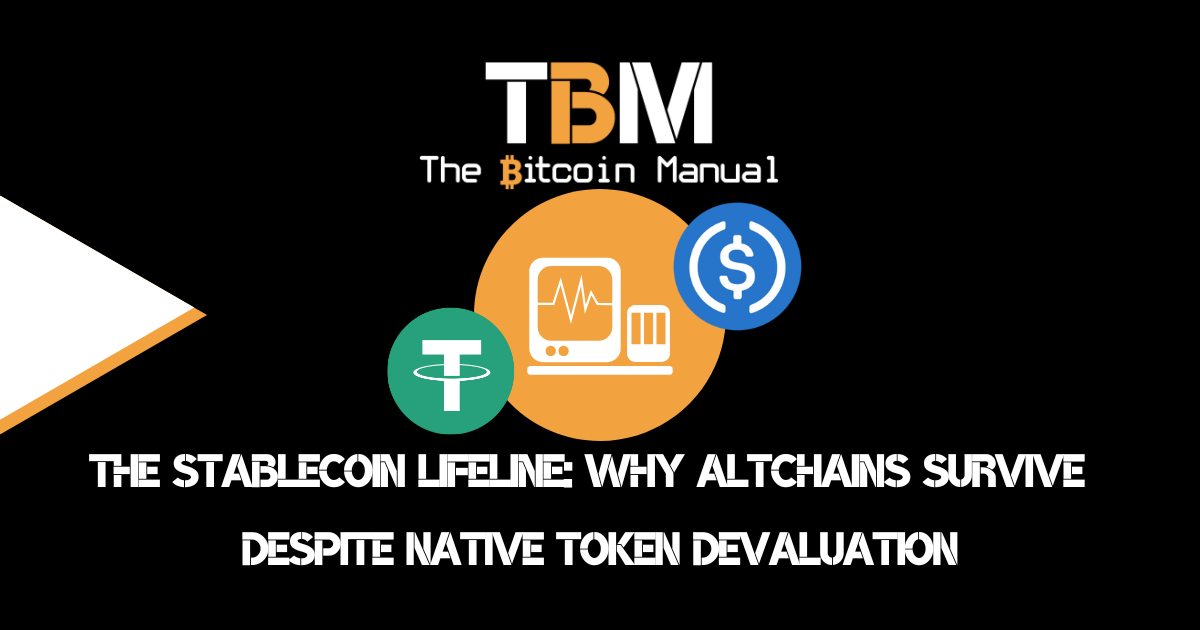Ark
Home » Blockchain » Ark
A Bitcoin developer by the name of Burak recently unveiled a new concept for a scaling layer, previously called TBDXXX is now called Ark. The proposal is for a Layer 2 protocol designed to enable fast and secure transactions, similar to the Lightning Network, but makes a different set of trade-offs.
Ark’s alternative scaling approach allows users to send and receive funds bypassing the base chain constraints on UTXOs and without liquidity constraints that come with porting those UTXOs to static channels is the current case with the Lightning Network.
Ark does not require the opening and closing of channels, reducing the on-chain footprint significantly. Ark hopes to make it easier for recipients to get paid with lower friction for onboarding and management of liquidity but still allow for micro-transactions and affordable off-chain payments. The protocol operates using virtual UTXOs known as vTXOs, which are short-lived notes that expire after four weeks. It also introduces an intermediary called the Ark Service Provider (ASP), which serves as a liquidity provider, CoinJoin coordinator and Lightning service provider.

How Does Ark work?
Ark requires BIP-118 or BIP-119 covenant primitives to constrain transaction outputs of a spending transaction to make the receiving on the protocol non-interactive. BIP-118 ANYPREVOUTANYSCRIPT can constrain the spending transaction by hardcoding a 65-byte signature and a 33-byte unknown public key type in a script. Alternatively, BIP-119 CTV can directly constrain transaction outputs to a template hash.
Either implementation of these covenant primitives can be used to emulate using n-of-n multi-sig, which is what Lightning and FediMints run on. Instead of creating these transactions on chain covenants allow you to perform a similar function with non-interactivity. Recipients must be online to sign from the n-of-n multi-sig to constrain the spending transaction.
Ark uses a new locktype primitive called txlock to ensure the absolute atomicity of a transfer schedule. Txlock is a condition in which only the existence of a mutually agreed transaction identifier can unlock the condition. A txlock condition could, in theory, be satisfied by a hypothetical opcode called OP_CHECKTXIDFROMUTXOSETVERIFY.
Covenants create the bridge between Bitcoin and Ark.
Covenants are utilised to commit a large set of transaction outputs to a single transaction output. These committed but unrevealed transaction outputs consist of UTXOs that have been “reserved” for Ark protocol use and are referred to as virtual transaction outputs or vTXOs.
On Ark, once the covenants have funded the protocols, service providers and corresponding wallets, Bitcoin funds are carried by virtual transaction outputs (vTXOs). vTXOs values are restricted to a set of sats ranging from one satoshi to a million sats.
The lifespan of a vTXO
vTXOs are destroyed, and new vTXOs are created when a payment is made on the protocol, similar to how on-chain funds flow and improve the anonymity set of the coin ownership.
A vTXO has a lifetime of four weeks. The recipient can solely claim a vTXO in the first two weeks of receiving it. If a vTXO remains unclaimed for the first two weeks, the vTXO reverts to the sender’s control, similar to HTLC timeouts on the Lightning network.
What does Ark do?
Ark draws inspiration from the Lightning Network, Lightning Service Providers and elements of the base chain too.
In an Ark transaction, two parties are involved; users and service providers.
- Users are non-interactive entities that hold, send, and receive coins.
- Service providers are always-on servers that provide liquidity to the protocol.
The protocol relies on these intermediaries called the Ark Service Provider (ASP), which serves as a liquidity provider, CoinJoin coordinator and Lightning service provider. ASPs create rapid, blinded CoinJoin sessions every five seconds, known as pools, which ensure the atomicity of payment schedules. Recipients can claim their funds through a txlock condition that requires the connector outpoint to remain unchanged.
The protocol operates using virtual UTXOs (vTXOs), which are short-lived notes that expire after four weeks. When a payment is made, existing vTXOs are redeemed, and new ones are created. The anonymity of coin ownership is improved by restricting vTXO values to a range of sats values.
Users can acquire vTXOs from others or use a process called lifting, which allows them to lift their on-chain UTXOs off the chain for virtual UTXOs.
Interoperability with the Lightning Network
Ark’s integration with the Lightning Network allows users to attach HTLCs (or PTLCs) to a pool transaction, enabling interoperability between the Lightning Network and the base chain.
Payments on Ark are credited every five seconds, allowing users to spend their zero-conf vTXOs immediately without waiting for on-chain confirmations. Multiple ASPs can be used to pay Lightning invoices from different vTXO sources using multi-part payments, making for rapid liquidity deployment.
Ark’s ability to act as a confirmation layer for the Lightning Network means it can help offset transaction costs to create channels via the base chain and offload some Lightning Network transactions to be conducted between these layer twos only.
Ark aims to address key issues with deploying capital into the Lightning Network and provide a layer that can settle transactions without the need for an individual infrastructure to remain online, as is the case with Lightning, while still providing assurances of the private custody of funds.
More information on Ark
| Source | Website |
| Ark Pill | https://www.arkpill.me/ |
| Bitcoin Mailing List – Ark | https://lists.linuxfoundation.org/ |
| GitHub – Awesome Ark | https://github.com/fiksn/awesome-ark |
Share with a friend
If you thought this information was helpful why not share it on your favourite social media network and encourage others to learn more about Bitcoin
The latest news from our blog

The Stablecoin Lifeline
Why Altchains Will Survive Despite Native Token Devaluation The altcoin landscape has changed compared to previous cycles, despite many a bag holder still clinging onto

What Are Bitcoin Prediction Markets?
We’ve all sat around the dinner table with friends and family before, predicting everything from sporting events and political outcomes to movie box office performances,

Hackers Exploit Trezor Support & Launch Phishing Scam
In late June 2025, hardware wallet manufacturer Trezor issued an urgent security warning to its users about a phishing campaign that exploited their customer support
